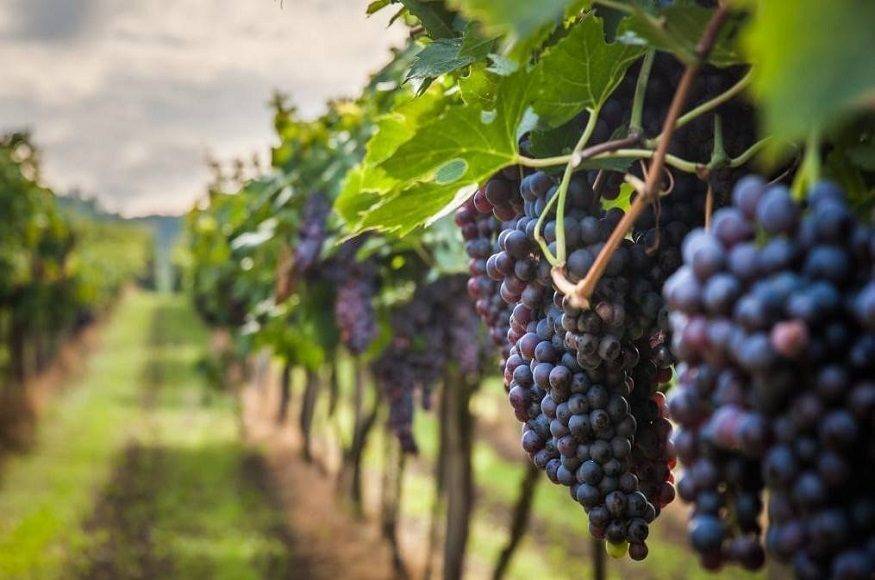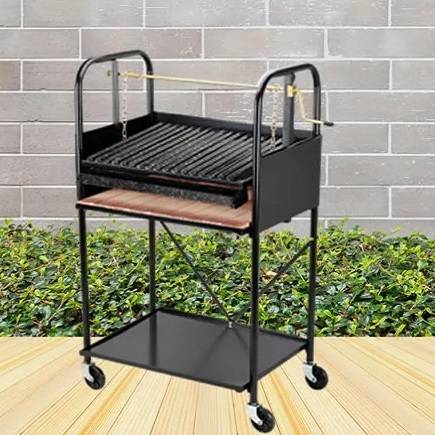- CatalogTop
Full catalog list - Food & BeveragePopular
Popular packed food and beverages
- Beauty & Self Care
Beauty and personal self-care products - Home & Garden
Home and garden supplies and accessories - Board Games
Most popular board games from Latin America - BrandsAll brands
Full list of all brands in the store. Browse all brands - IndustriesNew!
Filter products by desired business category - Services
See all services - See All Products
See full list of all products - Companies
Companies list
Conditions for proper planting and growth of grapes

This article consists on an investigation about the requirements for planting grape vines in order to harvest the highest-quality grapes for any general use, whether it be for wine making, for turning into raisins, or just producing perfect table grapes.
Soil
Vine can be produced in most types of soil since it can easily adapt to different edaphic conditions. However, the optimal conditions consist on those with a frank texture, moderately deep to deep, adequate drainage, and fertility. On the other hand, good viticultural soils are characterized by medium to weak richness, high infiltration power and high gravel contents. Last, bad soil conditions are those of a clayey consistency or waterlogged soils, since vine plants are sensitive to radical asphyxia, so the depth of the water table must also be taken into account.
Weather
Grape vines develop the most properly in tempered weather regions with long, warm, dry summers and cold winters. Subzero temperatures are convenient for their vegetative rest but late frosts provoke damage on the growing structures. Solar radiation helps with sugar accumulation on the berry, but only if the radiation is intercepted by the foliage.
This plant requires low humidity levels in order to avoid the proliferation of cryptogamic diseases that will most likely affect their development and the fruit quality.
Since these weather requirements are crucial for the correct growth of the vine, the regions in which it can be cultivated are in specific areas of both hemispheres. In the North: France, Spain, Germany, Portugal and the United States. In the South: Argentina, Chile, Australia, South Africa and New Zealand.
Irrigation and cultural work
Irrigation is carried out at times of greatest need for moisture, such as the beginning of vegetation and the period from fecundation to veraison. It can be done by furrow or flood. The first is the most used since has a lower cost.
The furrow irrigation system requires different ploughing works:
Autumn plow: it is a deep work that consists on pouring soil at the bottom of the plant in order to protect it from the cold of autumn and winter and make alleys for the harvest.
Early spring plow: it is a superficial work that produces a furrow near the foot of the plant and a board on the alley, allowing the irrigation.
Spring plow: it is a superficial work that is done during the flowering, poring soil to the plants and covering the furrow, which will now be in the center of the alley. In the month of December watering is more necessary due to the growth of the bunches.
Plowing in the summer months: at this time due to the greater water demands given by an increase in the evapotranspiration, the furrows are made at the bottom of the plant. In February, the amount of watering is reduced to increase the amount of sugars in the fruits. During the months of March-April the harvest is carried out so all activities are suspended.
References
© 2017 - 2024, Directoro.com, or its affiliates. Trademarks are the property of their respective owners.

